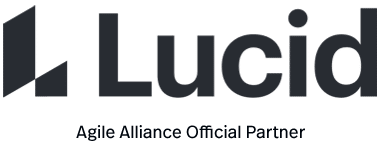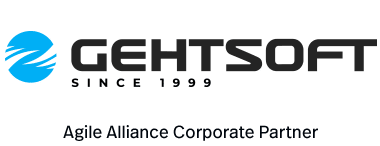Three amigos refer to the primary perspectives to examine an increment of work before, during, and after development. Those perspectives are:
- Business – What problem are we trying to solve?
- Development – How might we build a solution to solve that problem?
- Testing – What about this, what could possibly happen?
People holding these different perspectives should collaborate to define what to do, and agree on how they know when it is done correctly. The end result of such a collaboration results in a clearer description of an increment of work often in the form of examples, leading to a shared understanding for the team.
It’s also good practice to review increments of the product that have been implemented to make sure it’s correct from those different perspectives.
The concept of three amigos intends to balance between no collaboration between people with different perspectives and involving an entire team in discussing all the details of every increment of work.
Also Known As
Story Kick-Off huddles or the Triad
Expected Benefits
- Builds a shared understanding of the intent of an increment of work.
- Identifies misunderstandings and confusion early and allows learning to happen sooner in the delivery of an increment of work.
- Provides a reasonable guard rail for the number of people who should be involved in discussions about any given increment of work.
Common Pitfalls
- Limiting three amigo discussions to only three people. If there are other stakeholders who are relevant to a particular increment of work, include them in the discussion.
- Expanding the three amigos discussion to the team. The intent of this practice is to include each necessary perspective in as small a group as possible.
- Three amigo discussions become regularly scheduled meetings and are treated as another ceremony for the team to do instead of as a handy guide of what perspectives should be included in a discussion about a particular increment of work.
Origins
2009: George Dinwiddie originally used the term “three amigos” in this sense in a blog post titled If you don’t automate acceptance tests?
Further Reading
The Three Amigos: All for One and One for All by George Dinwiddie




